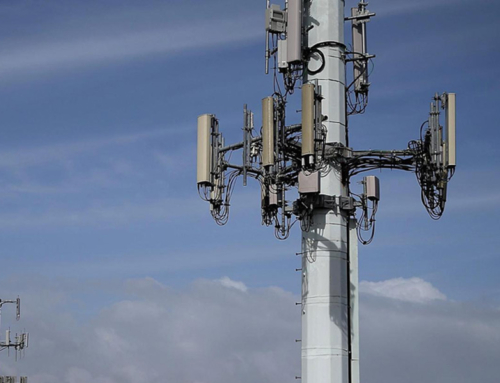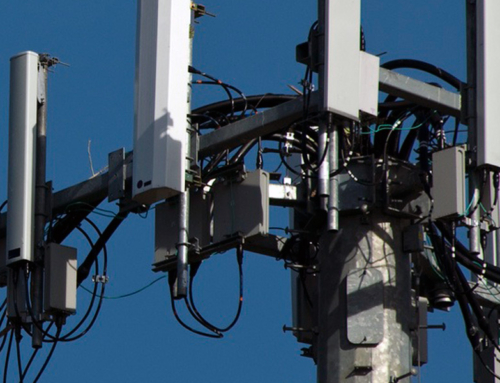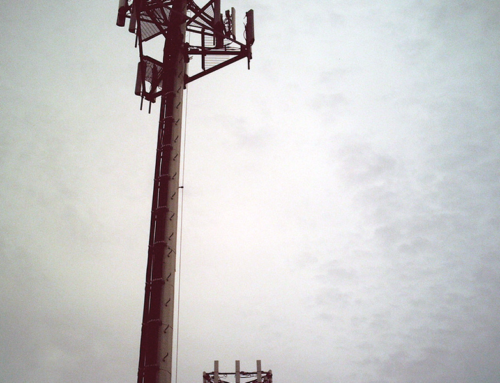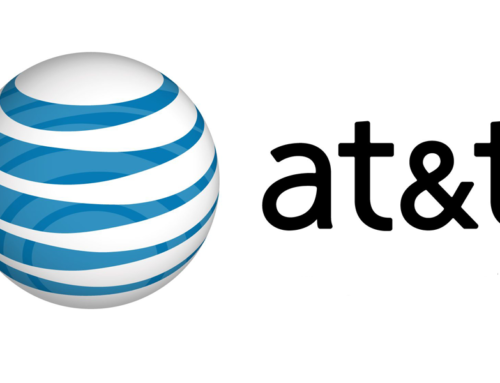With exponentially growing demand for mobile connectivity in all places at all times, it seems the much-anticipated 5G mobile standard can’t come soon enough. 5G promises ultra-fast speeds that blow what consumers are used to getting with the 4G LTE networks out of the water. How much faster exactly?
Al Burke, AT&T’s assistant VP for radio access network hardware and software, has said, “We do know it’s going to be a highly dense, high throughput, relatively short distance technology, probably initially in fixed wireless and moving later to mobility. The speed, I think, is still a chapter to be written.”
Clearly, thus far, just how fast 5G will be depends on who you ask. Ericsson said it had reached 5Gbps on a testbed for 5G, beating the fastest LTE networks by about 50 times. The European Commission’s 5G Public-Private Partnership set a goal at 100 times faster than 4G. Samsung showed potential 5G technologies operating at 7.5Gbps and transmitted a stable 1.2Gbps signal to a minivan traveling at highway speed. For comparison, LTE speeds range from about 10 to 40 Mbps.
How will mobile be made faster? Operators will need more spectrum, which introduces government decision-making to the equation. The federal government is already investing in 5G by opening up new spectrum bands, and it is preparing to designate four cities as test beds for the evolving wireless technology.
5G wireless will also need more cell towers to handle the traffic—most likely millions of towers, according to FCC Chairman Tom Wheeler. At the annual CTIA convention in Las Vegas earlier this month, Wheeler remarked that 200,000 or so cell phone towers are already scattered across the United States. Unlike the 4G LTE technology that most carrier utilize, 5G will require a much denser network of towers.
This process is referred to as “densification” in wireless industry terms. “Network densification means more small cells, more mid cells, pico cells [and] metro cells,” said Chris Pearson, president of the 5G Americas wireless trade industry association, echoing Wheeler’s comments. Translation? Once again, 5G equals the implementation of lots and lots more cell sites.
So, could this need for speed result in an unsightly cell tower erected on every street corner? Probably not. Though robust wireless connectivity is the aim, Wheeler suggested that perhaps wireless carriers should consider sharing towers to lessen density without compromising network coverage. “If we’re talking about thousands of antennas in a city, you’ve got four carriers, and we are serious about leading the world in 5G deployment in our very large and spread out country, we ought to explore creative options on how best to build that infrastructure,” he explained.
The level to which carriers may be willing to cooperate with each other to reduce wireless infrastructure remains to be seen. Either way, 5G is sure to bring more towers and that could be good news for more and more property owners who will be presented with an opportunity to become cell site leaseholders.
If you’re fortunate enough to be among that group of property owners who will be offered monthly recurring income via a cell site lease, The Filo Group extends a preemptive congratulations as well as an important warning.
As tempting as the offer may be, do not sign an agreement before consulting with an expert in cell tower leases. The value of professional guidance and representation cannot be underestimated, and the absolute best time to get help is before you officially enter a cell tower lease agreement. It’s the optimal point to negotiate the most beneficial overall terms for cell tower leases.
For more information about how The Filo Group assists both potential and current cell tower leaseholders to ensure that their property is protected and their financial future is as bright as it possibly can be, contact us today.








